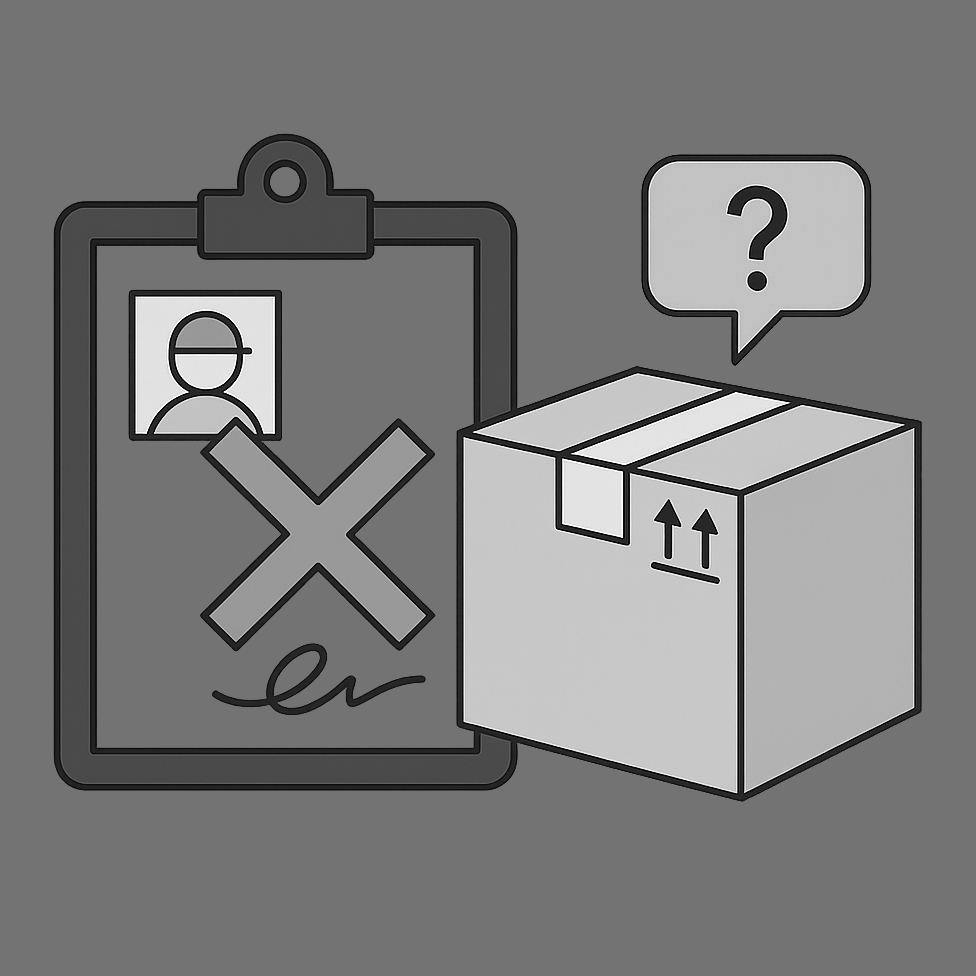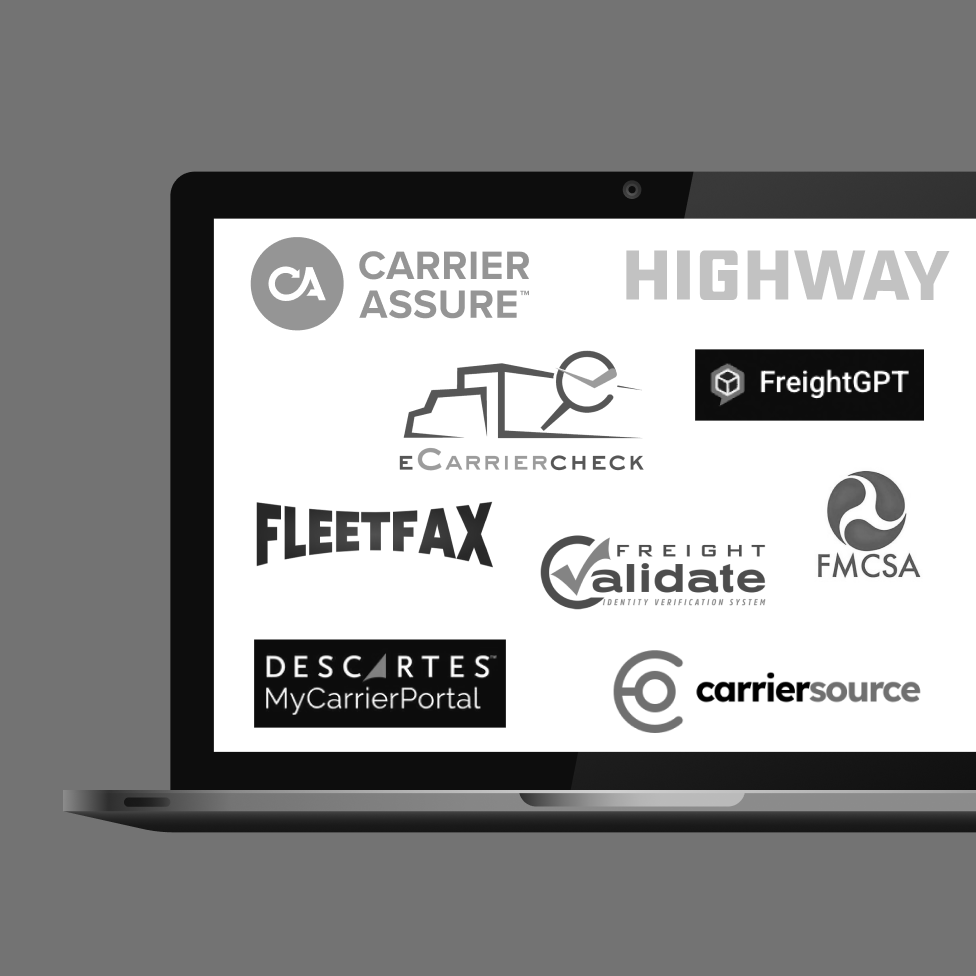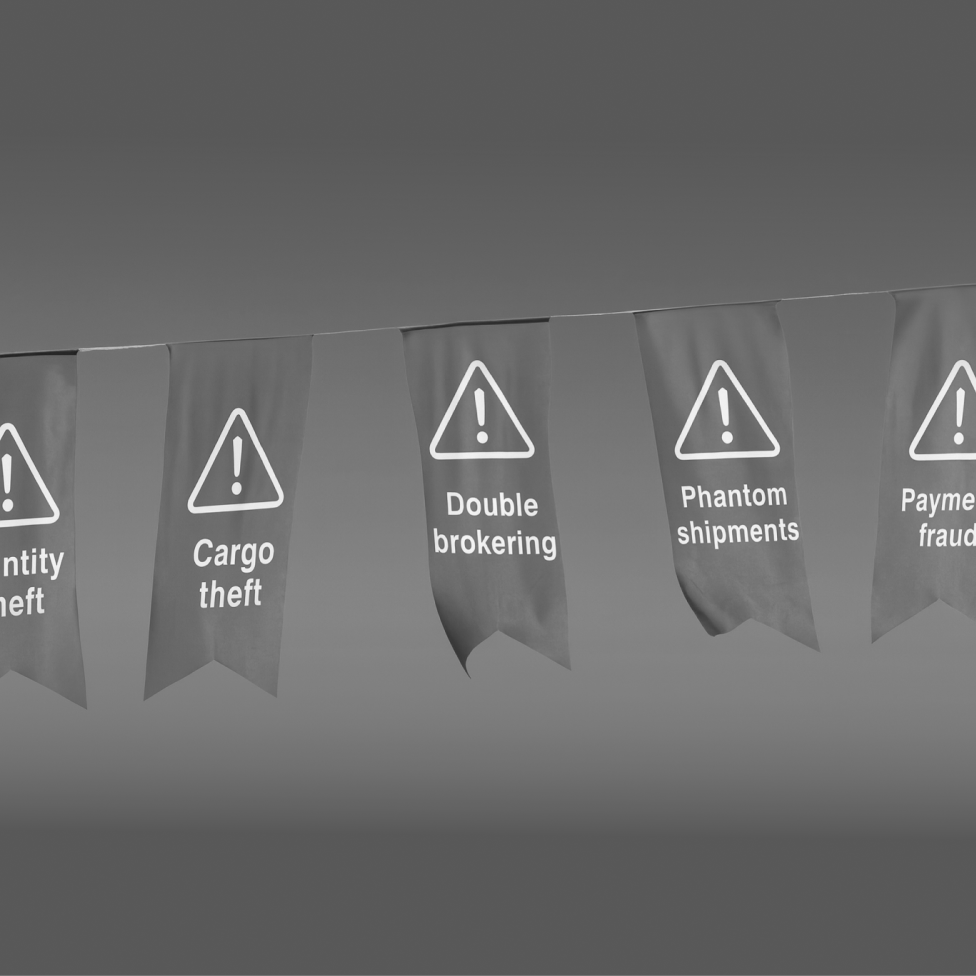1. Double brokering is on the rise and can lead to unpaid carriers, lost loads, and legal disputes—making strong vetting processes essential for brokers.
2. Co-brokering is legal and transparent, but only when all parties—including the shipper—are informed and agree to the arrangement.
3. Tools like Highway, Carrier Assure, and Descartes MCP, combined with shipper credit checks and co-brokering agreements, help brokers reduce fraud and maintain control.
Double brokering in trucking continues to rise, posing serious risks for freight brokers, carriers, and shippers alike.
This deceptive practice involves fraudulent intermediaries who accept loads and illegally reassign them without the shipper’s knowledge or approval. The repercussions of this fraud include delayed deliveries, lost revenue, and potential legal complications.
Recent research from Truckstop reveals that double brokering is the most frequently reported fraud, affecting 86 percent of brokers who have experienced fraud. This puts it firmly ahead of other fraudulent tactics.
At the same time, data from TIA shows a 65 percent surge in fraud reports, including unlawful brokerage, across the logistics industry between September 2024 and February 2025.
Is double brokering illegal? Yes, FMCSA regulations prohibit this practice, and it can cost your brokerage time, money, and credibility.
This white paper is designed to equip you with the tools to spot and stop double brokering before it impacts your business. We will breakdown how it operates, the risks it brings, and the proactive steps you can take to safeguard your operations and uphold industry integrity.
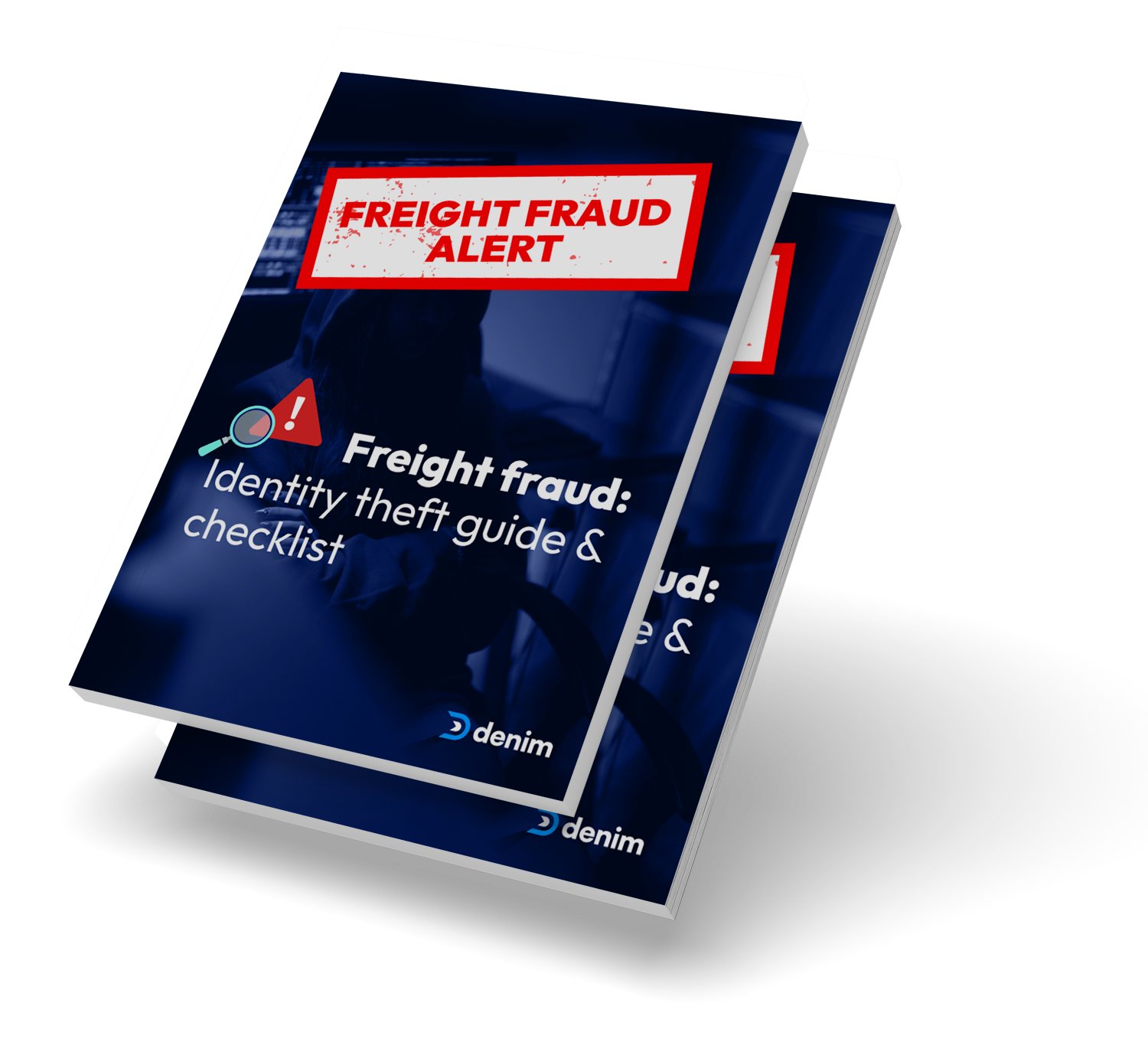
Stop scams before they start with the freight fraud identity theft checklist.
What is a double brokering in trucking?
Double brokering refers to a fraudulent act where someone accepts a load under false pretenses and reassigns it without shipper approval. The practice violates both shipper trust and FMCSA rules.
There are two common instances:
1. Double broker posing as a freight broker
There are instances of double brokering when a broker, who has already agreed to transport a shipment, gives the job to another broker without the permission or knowledge of the shipper. The result is a long chain of intermediaries, each taking a cut of the profits, ultimately reducing the carrier's earnings and increasing the shipper's costs.

2. Double broker posing as a carrier
Double brokering can also occur when a broker arranges for a "carrier" to transport a load, but that "carrier" then outsources the task to another carrier for a reduced rate. The first carrier keeps the price difference without informing the initiating broker about the change. As a result, the broker remains unaware of the second carrier's safety record, insurance coverage, and other potential legal issues until problems arise.
In some cases, the carrier that transports the cargo doesn't receive payment from the carrier involved in double brokering. If the shipper who initiated the shipment receives complaints about non-payment, it can result in a complicated dispute involving three or four parties, including the broker.

Double brokering vs. Co-brokering
Co-brokering is a legal and transparent arrangement between two licensed freight brokers who agree to work together on a shipment. One broker has the shipper relationship, while the other brings carrier capacity or specialized lane coverage. The shipper is informed and approves the arrangement before the load moves.
In contrast, double brokering happens without the shipper’s knowledge or consent. If the shipper is unaware that another party is involved, it is not co-brokering.
Why it matters: Co-brokering can be a valuable tool when handled properly. It helps brokers cover tough lanes, support overflow, or meet specific customer requirements. But without transparency, it quickly crosses the line into illegal territory.
If you’re working with another broker, always document the relationship, confirm shipper approval, and maintain oversight of the carrier. Clear communication and written consent are what separate legal co-brokering from high-risk double brokering.
How to identify double brokers
Spotting and preventing double brokering is an essential skill for all stakeholders at every level of a company. By being watchful and proactive, industry participants can foster an environment of trust and fairness, safeguarding the industry's future and reinforcing its reputation for excellence.
Vetting your Carriers
Working within your established carrier network is the safest option. However, specific customer needs may require new carrier onboarding. When that happens, it is important to thoroughly evaluate new carriers to avoid the risk of double brokering.
There is no single check that prevents freight fraud. But there are several indicators that can help you identify potential double brokers and distinguish them from legitimate carriers.
A few ways to vet carriers include:
- Verify business registration- Confirm the company is legally registered and active using state records or the FMCSA site.
- Check the business address- Use Google Maps or tools like HaulHero to ensure the address is a real, operational business location.
- Validate contact details- Call the number listed on the FMCSA or company website, not just the one provided in an email or text.
- Check email domain ownership- Look for company-owned domains (e.g., @company.com). Use Whois.com to confirm domain registration and age.
- Be cautious of urgent requests- Pressure to rush approvals or bypass your usual process is often a red flag for fraud.
This checklist is not exhaustive, but it provides a strong foundation. Brokers should also leverage free MC checker tools like FMCSA Safer, CarrierSource, etc or invest in paid options for further protection.
For a more detailed evaluation process, download our Freight Fraud Prevention Checklist. It includes red flags to watch for, vetting questions, and training tips to help your team stay prepared.
Denim’s automated solutions streamline your back-office operations. Explore our solutions to see how Denim can help your business scale efficiently.
Common red flags of a double broker
Navigating the logistics industry requires close attention to fraud red flags that may indicate double brokering. Below are some common warning signs and steps you can take to verify legitimacy:
1. Call center background noiseYou’re speaking with a carrier or dispatcher who claims to have only one or two trucks, but there is clear call center noise in the background.
What to do: Check for inconsistencies in their FMCSA authority, number of registered power units, inspection history, and records on Highway, Carrier411, or TIA Watchdog.
2. No rate negotiation
A carrier accepts a low rate immediately with no attempt to negotiate, even in a tight market. This behavior is uncommon among legitimate carriers.
What to do: Search the lane on DAT or your load board to see if your load has been reposted. This could indicate that the carrier is brokering it out.
3. Personal email addressThe driver asks you to send the carrier packet to a Gmail or Yahoo address, rather than a company domain. This is more suspicious if the driver claims to represent a larger company.
What to do: Call the carrier’s main phone number and verify that the driver works for them and that the email address is accurate.
4. Driver refuses to talk on the phone
The driver or dispatcher refuses to speak by phone and insists on texting or emailing only. This is a common tactic to avoid scrutiny.
What to do: Call the number. If it goes straight to voicemail or has no voicemail setup, it could be a burner number from a texting app like TextNow or Google Voice.
5. Email domain mismatchThe email domain does not match the company name or looks newly registered. Fraudulent actors often create fake company emails to impersonate real businesses.
What to do: Use Whois.com to check domain ownership and registration date. If the domain was created recently or is not linked to the business, it may be suspicious.
6. Urgent or aggressive load requestsThe contact is overly pushy to get assigned quickly, asks you to skip normal vetting steps, or pressures you to approve the load outside of business hours.
What to do: Slow down. Stick to your standard carrier vetting process, even if it means waiting longer to assign the load. Most legitimate carriers understand the need for due diligence.
How Denim helps prevent double brokers
Denim is committed to helping brokers, carriers, and shippers operate in a more transparent, trustworthy freight environment. We take proactive steps to reduce the risk of double brokering by combining smart controls with integrated fraud prevention tools.
- Shipper credit checks: We run credit checks before extending payment terms, helping brokers avoid risky or fraudulent customers.
- Co-brokering agreements: Shared loads require formal co-brokering agreements to ensure transparency and approval before funding.
- Carrier vetting integrations: Through Highway, Descartes MyCarrierPortal (MCP), and Carrier Assure, Denim pulls verified carrier data to support safer payments and reduce manual errors.
Denim’s role goes beyond factoring. We help freight companies build stronger operational safeguards, protect carrier relationships, and move freight with greater confidence.
There's a better way

Double brokering continues to disrupt trust, cause payment disputes, and create unnecessary complexity in freight operations. It damages relationships between brokers, carriers, and shippers.
But solving it doesn’t fall on one company alone. Combating double brokering requires a collective effort across the industry. It starts with setting clear standards, using reliable vetting tools, and committing to transparency in every transaction.
By working together and equipping teams with the right systems, we can reduce fraud, protect our partners, and build a stronger, more reliable freight network.
Ready to strengthen your back office and reduce fraud risk? Schedule time with our team to see how Denim can help.
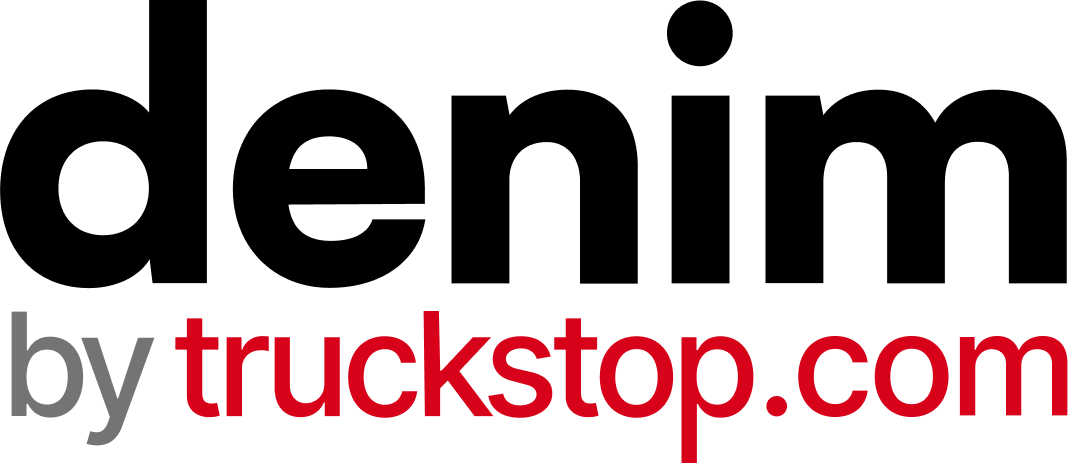
.png)

